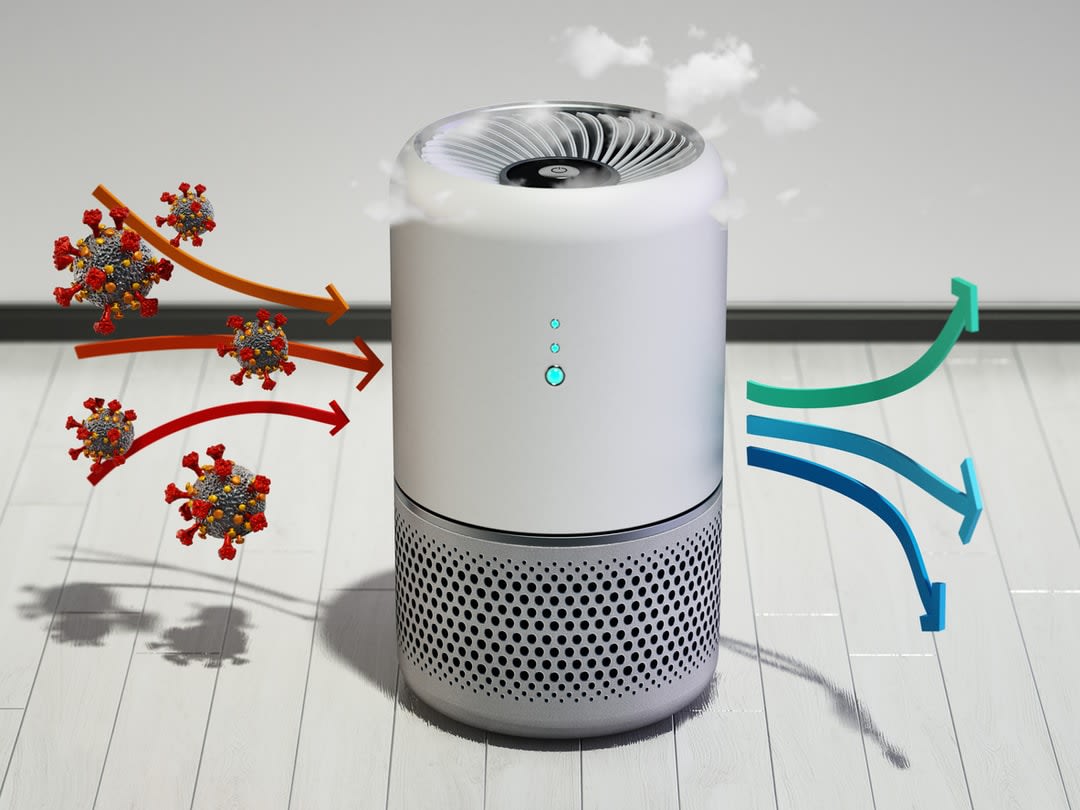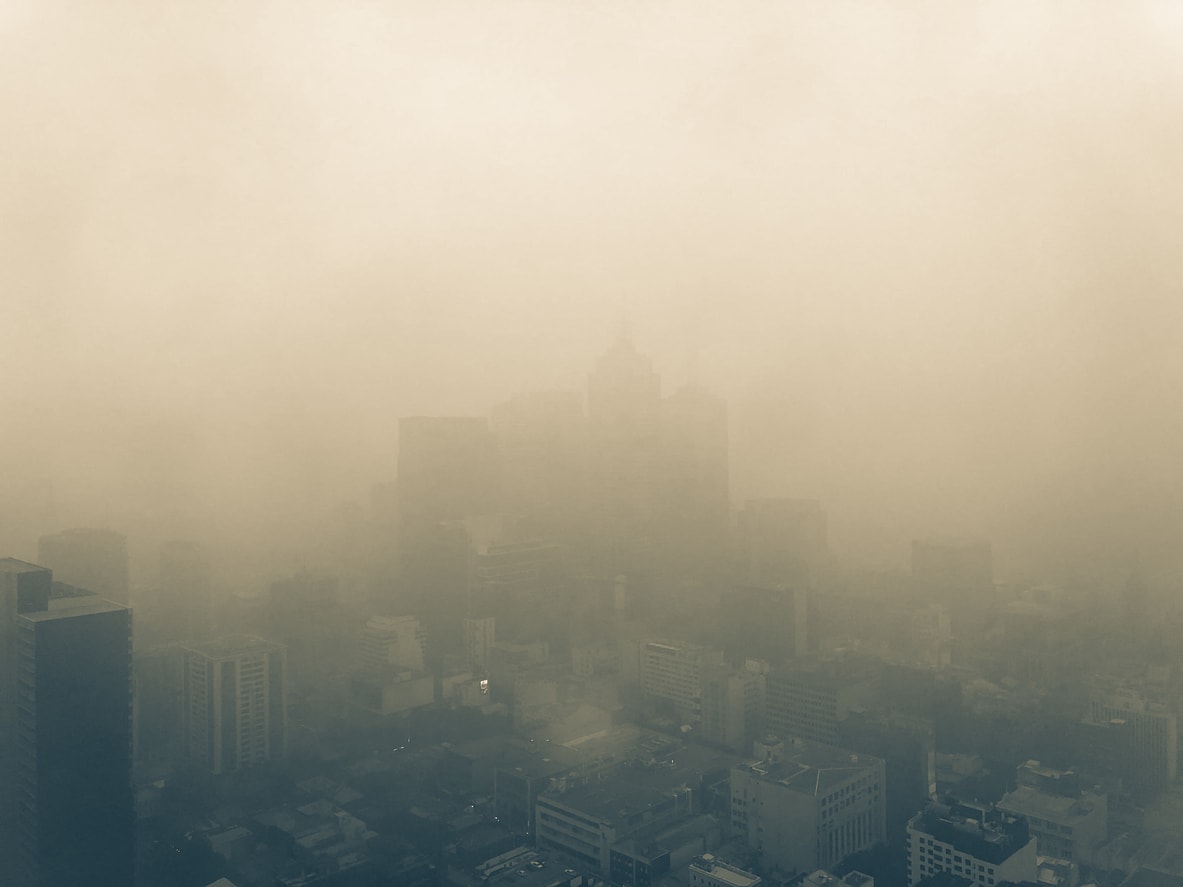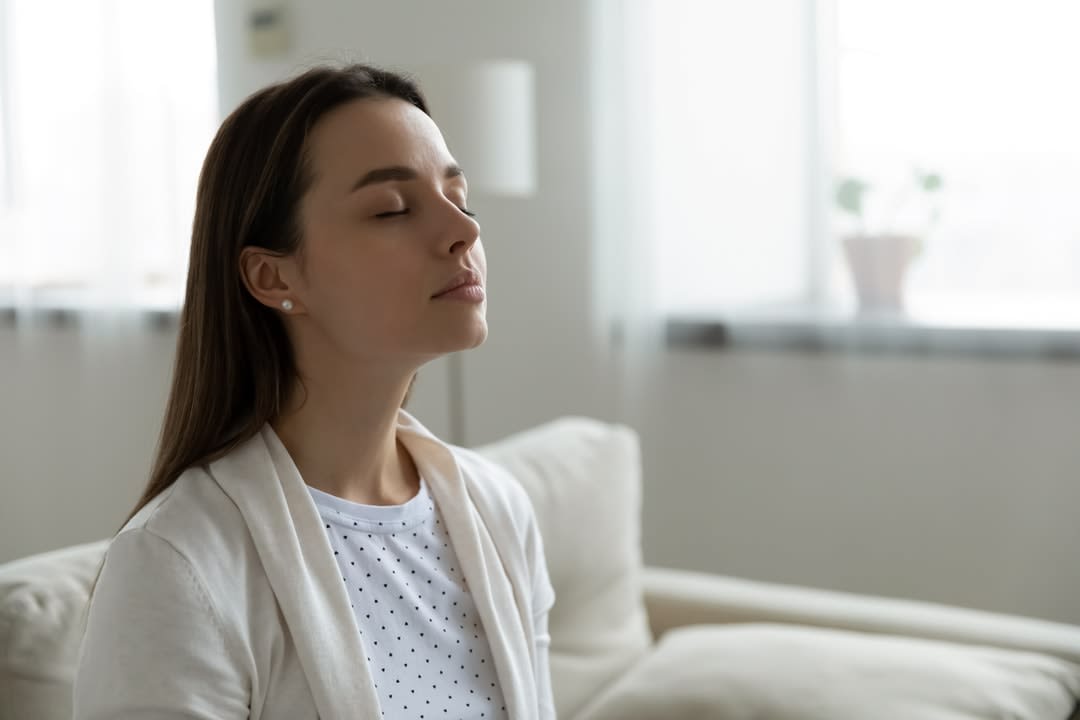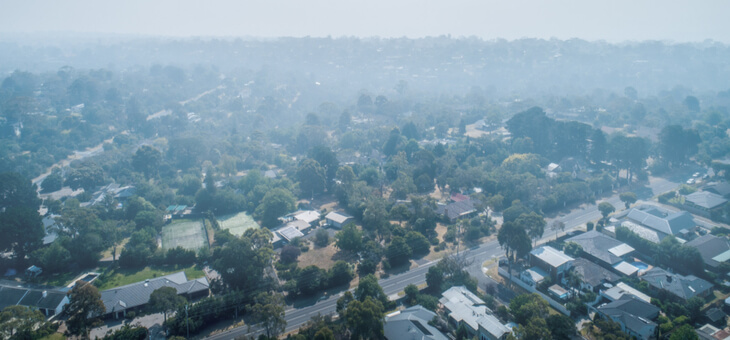The airborne nature of the coronavirus and its spread through hotel quarantine ventilation systems, high rates of asthma and hay fever, growing concerns about pollutants from gas cooking, and the prevalence of bushfires and smoke in a changing climate have all made air quality and its consequences for health, front of mind.
This has led many to look to technological solutions for healthier air, such as air purifiers.
What are air purifiers?
Air purifiers are specialised devices that filter indoor air. A fan generates a flow of air through filters that trap various-sized particles. They’ve been seen to reduce bushfire smoke pollutants, allergens that may trigger hay fever, and recently, even to reduce the airborne transmission of COVID-19.

We came to see the importance and increasing prevalence of air purifiers through research as part of the Digital Energy Futures Project, which undertook social ethnographic research with households across Victoria and New South Wales, looking into their practices around digital and energy technologies to inform energy forecasting.
One in 10 households in our sample already had specialised air purification units. Many more had considered buying these emerging technologies during the 2019-20 bushfires, but had held off due to lack of availability because they were difficult to find during the peak of the bushfire crisis.

Our research showed that for many who purchased air purifiers, they quickly became part of people’s everyday lives. Several purchased them for particular reasons, and discovered unexpected benefits, which then encouraged greater uptake and use.
One family purchased an air purifier for a child’s hay fever, but soon discovered it also helped rid fishy smells from cooking. Another participant bought an air purifier for his living room during the bushfires, and has kept it running since. He eventually discovered that the air outside his apartment smelled and felt different, leading him to think the purifier was surely doing something beneficial, so he bought another for his bedroom.
The airborne nature of COVID-19 has made air purifiers again a major point of discussion. The critical health benefits of proper ventilation have become major points of global debate during the pandemic, and air purifiers have recently been placed in some hotel quarantine rooms to reduce the spread.

Research revealed that this growing concern with healthy indoor air is also likely to affect the use of heating and cooling in the home.
We witnessed an increased preference for greater control over all aspects of household air, leading to an increase in air conditioning installation, the replacement of evaporative cooling with ducted conditioning or split system units, and a number of other devices for customising indoor atmospheres (such as humidifiers, dehumidifiers, and diffusers).
It’s also likely that the popularity of air purification may see more filtration installed into existing heating and cooling systems, which will likely encourage their greater use.
Heating and cooling the home is a main source of energy use in Australian households. Therefore, changes in household expectations around indoor air and thermal comfort are likely to raise energy bills for consumers who adopt these technologies either without thinking about their running costs, or who value healthy air over the cost of the energy they use.
This trend may also have drastic effects on the nation’s energy demand, particularly at peak times, which is a major issue for the stability of the electricity grid.
Often, technology, and in particular smart appliances, is seen as a solution to Australia’s issues with balancing energy demand and supply to match energy use to when energy is available from renewable sources (for instance, a “smart” air conditioning unit that can automatically pre-cool the house when solar energy is available). However, many smart devices and automation are not designed with energy in mind.
This is clear with smart air purifiers. Many air purifiers, particularly “smarter” models with in-built air quality sensors, detect particles in the air, and thus run automatically to clean the air.
So if someone begins cooking dinner or bushfire smoke is detected, the air purifier will start itself up to clear the air. These monitors are likely to be triggered at existing peak times, only adding to the energy demand problem.
But regardless of their energy impacts, these technologies, including increased heating and cooling, are going to be part of how people respond to growing concerns about air quality that come from multiple climate and health crises.
The energy sector must take into account people’s changing needs, and design the future energy system in such a way that it doesn’t ignore people’s changing priorities while still ensuring decarbonisation is achieved in order to reduce further deterioration to the environment and air quality.
This article was first published on Monash Lens. Read the original article
Do you use an air purifier in your home? Would you recommend it to others? Why not share your thoughts in the comments section below?
If you enjoy our content, don’t keep it to yourself. Share our free eNews with your friends and encourage them to sign up.

